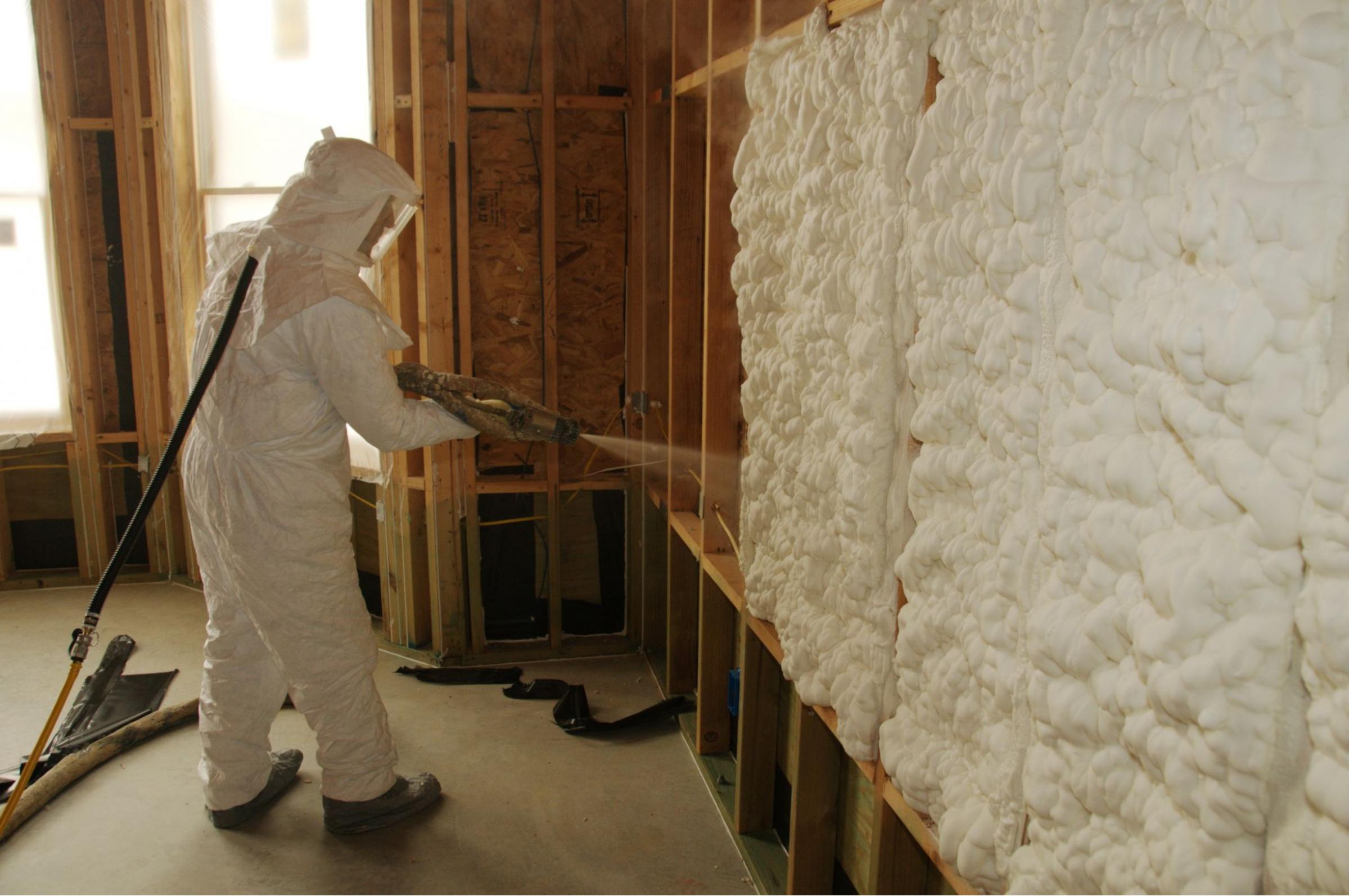
Insulation plays a critical role in maintaining indoor comfort, especially in regions with extreme temperatures. Whether facing freezing winters or sweltering summers, the right insulation minimizes energy consumption, reduces costs, and enhances overall efficiency. This guide explores the best insulation options for extreme climates, helping homeowners and businesses make informed decisions.
Extreme climates demand insulation materials that excel in thermal resistance, durability, and moisture control. Factors such as R-value, material composition, and installation methods determine performance. High-quality insulation not only conserves energy but also protects structures from temperature fluctuations that can lead to long-term damage.
Spray foam is one of the most effective options for extreme weather conditions. It expands upon application, filling gaps and sealing air leaks.
Advantages:
Best for: Cold climates, high-humidity areas, and homes requiring superior airtight sealing.
This insulation type includes materials such as extruded polystyrene (XPS) and polyisocyanurate (ISO), providing high thermal resistance.
Advantages:
Best for: Extreme cold or hot climates, basements, and exterior walls.
Mineral wool is a dense, fibrous material offering fire resistance and soundproofing benefits.
Advantages:
Best for: Homes in wildfire-prone areas, humid climates, and high-noise environments.
Reflective insulation is highly effective in hot climates, where it reduces heat gain by reflecting radiant energy.
Advantages:
Best for: Hot climates with intense sun exposure.
A budget-friendly and widely available option, fiberglass batt insulation is effective when properly installed.
Advantages:
Best for: Moderate extreme climates with controlled humidity.
Selecting insulation depends on climate conditions and structural needs. Below is a quick guide to insulation recommendations based on climate type.
| Climate Type | Recommended Insulation |
|---|---|
| Arctic & Cold Winters | Spray foam, rigid foam board, mineral wool |
| Hot & Arid | Radiant barriers, rigid foam board |
| Humid & Tropical | Spray foam, fiberglass with vapor barriers |
| Mixed Climate | Combination of fiberglass, mineral wool, and rigid foam board |
Proper installation ensures insulation functions as intended. Professional installation is often recommended for spray foam and rigid foam board, while batt and radiant barrier insulation can be DIY-friendly. Regular inspections help maintain effectiveness, preventing air leaks and moisture buildup.
Assessing insulation needs with experts ensures the best material choice and proper installation techniques. Contact Armored Insulation at (270) 331-4844 or email [email protected] for consultations on insulation solutions tailored to extreme climates.
Choosing the right insulation for extreme climates maximizes energy efficiency and long-term savings. Materials like spray foam, rigid foam board, and mineral wool provide superior thermal resistance and durability. Whether facing subzero temperatures or scorching heat, a well-insulated home or business ensures comfort and sustainability. For expert guidance on selecting the best insulation, contact Armored Insulation at (270) 331-4844 or [email protected].
Spray foam and polyisocyanurate rigid board offer some of the highest R-values, making them ideal for extreme climates.
Using spray foam insulation or mineral wool can significantly reduce heat loss by creating an airtight seal and offering high thermal resistance.
A combination of spray foam and radiant barriers effectively controls heat and moisture in humid environments.
Fiberglass insulation is budget-friendly but may not perform as well as spray foam or rigid board in severe temperature extremes.
Proper insulation, particularly moisture-resistant options like spray foam and mineral wool, reduces the risk of mold by preventing condensation buildup.
Most insulation materials last between 20 to 50 years, with spray foam and rigid board providing the longest lifespan.
Fiberglass batts and radiant barriers are suitable for DIY projects, but spray foam and rigid board often require professional installation.
High energy bills, drafts, inconsistent indoor temperatures, and moisture problems indicate inadequate insulation.
Properly installed insulation, especially air-sealing options like spray foam, improves air quality by reducing pollutants and allergens.
Consulting with insulation specialists helps evaluate factors like climate, structure, and energy efficiency needs for an optimal solution.